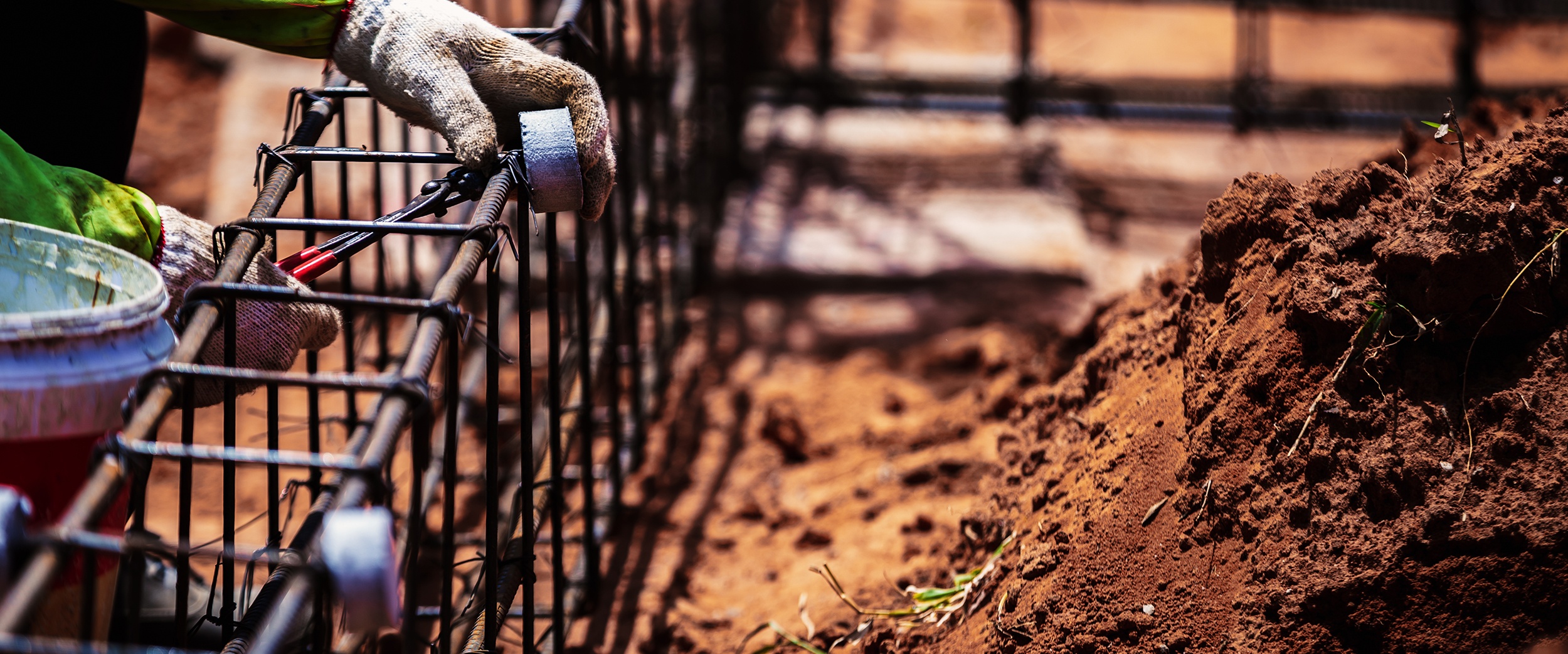When people think of the Internet of Things (the IoT) and how it’s transforming industries, many people think of retail, manufacturing, and other jobs that heavily rely on computers and technology. Few people think about the construction industry. After all, how can the IoT affect hammers, saws, and other such tools? But the IoT is actually transforming the construction industry in a number of significant ways. If you’ve not looked at how technology is impacting your industry, there’s no time like the present to learn about how the IoT is revolutionizing how construction is done.
Basic IoT and Heavy Construction Equipment
You may already be aware of and use some basic IoT functionality to know when your equipment needs maintenance or track its location. Many manufacturers have been providing this technology in new equipment for years. Fuel consumption monitors, GPS, in-use hour tracking, and other basic IoT tools can do a lot for you, but these are also just the tip of the iceberg. The IoT provides much more.
In fact, some of these basic IoT tools can be used for all of your equipment. Not sure where your circular saw is? Ping its tracking chip and use your smartphone app to walk directly to it no matter where it is on the job site. Missing some tools and believe they were stolen? Again, the tracking can lead you right to the thief. You won’t have to worry about misplacing equipment or having it stolen.
With in-use hour tracking, you’ll be able to keep an eye on employees and note when they have been working long hours and need a break. Accidents often happen when workers get fatigued, so this technology can actually save lives.
Advanced IoT Systems for Your Construction Equipment
While many companies are making use of basic IoT tools, not as many have invested in the more advanced systems. However, it can well be worth it. These more sophisticated tools are able to track things such as the temperature or pressure of fluids, the engine load, and more. You can see everything the equipment is doing at any given moment, and data is updated in real time. This allows you to better plan out maintenance, know when a piece of equipment is likely to need repairs or be replaced, and more. Many of the newer models have all of this built in.
Remotely Controlling Drones and Other Machines
Many drones and other machines can now be operated remotely via the internet or Bluetooth. This provides you with a number of advantages. Using drones with cameras, you can get a bird’s eye view of any construction site or project without renting a helicopter or doing anything else that’s costly or potentially dangerous. You can even send these drones into small areas that workers can’t get into. Another good use of remote-controlled equipment is with hazardous sites and locations. You can remotely work in these areas without worrying about your employees getting sick.
RFID Tags and Supplies
Some suppliers and construction crews are making use of RFID tags on their supplies. These tags let you know how many of each item you have on hand. When you start to run low, the system can either alert you to order more or automatically put in an order request. You never have to worry about being out of anything. This will help ensure that every project is on schedule and doesn’t have any unexpected downtime.
Remotely Adjust Site Lighting
At night, construction sites are often lit up using bright lights all around the area. These lights do tend to use a lot of energy, though, and many aren’t turned off until the crew arrives in the morning. Why not use timed IoT lights that shut off as soon as sunlight hits a sensor? These lights turn on and off automatically when needed, saving you money. You could even connect them to motion sensors to truly save power when no one is on the job site.
Augmented Reality Tours
When a client visits the job site, it can be difficult for them to see the dirt, metal, and stacks of materials as a finished building. With augmented reality, though, they can walk through a virtual copy of their building simply by putting on a special pair of glasses or pointing their tablet at an area.
This technology can help your crew, too. Using AR, blueprints can appear to be overlaid on the ground, making it simple to tell exactly where the walls start or where support structures need to be placed.
These are just a few ways that the Internet of Things is revolutionizing the construction industry. If you’re not making use of even basic IoT applications, it’s time to start. Otherwise, you may find that you’re behind the competition.






